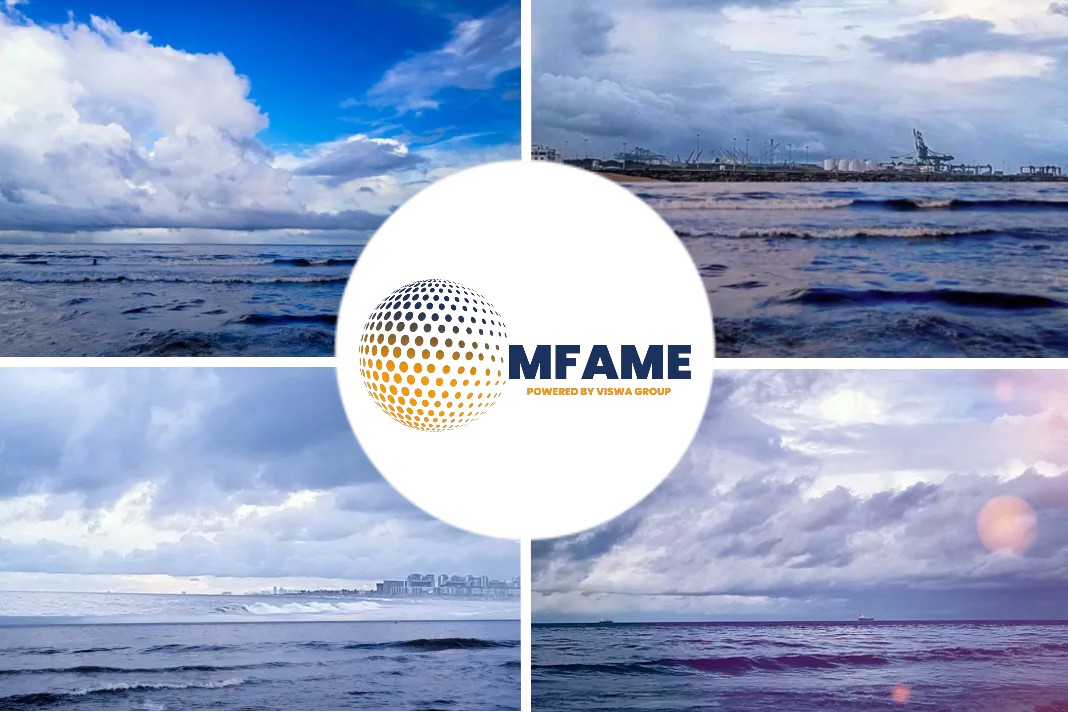
A new analysis from the Global Maritime Forum has found that the cost gap between operating ships on zero-emission ammonia and conventional fuel could be closed before 2030 and possibly as early as 2026, says an article published on global maritime forum.
Long-distance shipping routes
Ammonia is increasingly seen as an important solution for decarbonising the shipping sector, given its high scalability and potential for use on long-distance shipping routes. For the time being, however, ammonia-powered gas carriers are seen as significantly more expensive to own and operate than conventional gas carriers.
Reduce commercial risks
As part of the Nordic Green Ammonia Powered Ships (NoGAPS) project, co-funded by Nordic Innovation, a new study from the Global Maritime Forum explores options for addressing those cost concerns
. The analysis looked at the pathways for commercialising early ammonia-powered vessels like M/S NoGAPS – an ammonia-powered gas carrier designed to operate between the US Gulf and Northwestern Europe that has been awarded Approval in Principle1 from the maritime classification society DNV. It found several measures that could significantly reduce the current cost delta between ammonia and conventional fuel and reduce commercial risks for M/S NoGAPS and similar projects.
Real-world implementation
‘’Since 2020, the NoGAPS project has brought together key industry leaders to progress an ammonia-powered gas tanker concept towards real-world implementation. With the completion of this latest project phase, we not only have a detailed ship design that could be used for a shipyard tender but also a feasible commercialisation pathways. We hope this boosts confidence amongst charter parties and investors to take steps towards the realisation of M/S NoGAPS and other ammonia-powered vessels,” says Jesse Fahnestock, Project Director, Global Maritime Forum.
Numerous cost reduction pathways identified
Reducing the elevated costs and related commercial risks of early ammonia-powered vessels is currently the primary barrier to finding suitable and competitive finance for projects like M/S NoGAPS. The new analysis identifies several methods for responding to this challenge. These include dual-fuel vessel design (i.e., the ability for a vessel to run on conventional fuels as well as ammonia), competitive debt financing arrangements, operational efficiencies, fuel subsidies, and governmental regulation.
The US Inflation Reduction Act and the EU’s Fit for 55 Package, for example, would reduce the cost of owning and operating M/S NoGAPS by 20% and 10%, respectively.
Approach cost parity
The most effective way to reduce the cost gap between ammonia and conventional fuel is to pull on numerous cost-reduction levers simultaneously.
For example, in a scenario in which M/S NoGAPS runs on a route between the US Gulf and Northwestern Europe, exclusively bunkers US ammonia, applies Fit for 55 measures and IRA subsidies, and maximises operational efficiencies, the cost gap could be closed as early as 2026 and the vessel could also approach cost parity by 2030.
Did you subscribe to our daily newsletter?
It’s Free! Click here to Subscribe!
Source: globalmaritimeforum





















